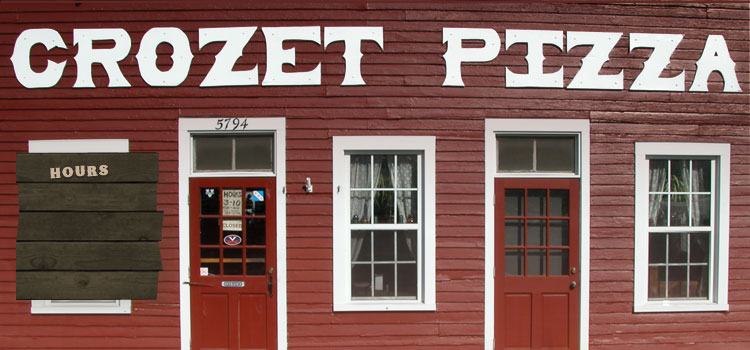2021 may go in the books as one of the most expensive and fastest-moving markets in history. I wrote a bit about my thoughts on 2022:
Much the same as 2021. The pandemic will continue, inventory will be tight, and there will be a lot of competition for a lot of houses, and less for others. Similar story, different year.
- Pandemic
- Inflation, supply chain, labor, economy, etc. etc. etc.
- Interest Rates (see below)
- Inventory
- More buyers in the Charlottesville – Albemarle market are going to give up and either continue renting, or move away.
- Inventory
- Climate change is going to affect *everything* including what we pay for homeowners insurance.
- New construction costs
- Inventory
Have a question? Looking for representation? I’m here. (disclosure that I’m sure you figured out: I’m a Realtor)
What do the numbers below mean?
- Crozet is an expensive place to live.
- If you’re thinking about buying a home in Crozet, best to start that work now. Same advice if you are thinking about selling your home in Crozet.
- The velocity of our market is fast. Only 9 homes in Crozet have gone under contract this year; median days on market was 3.
- It’s hard to know a house’s value in the first week on the market.
Defining “Crozet” as “Brownsville + Crozet Elementary School districts”
- 434 homes sold in Crozet in 2021
- 172 were new construction; all but one of these were an acre or less
- 262 resale homes sold; average days on market was 30, and the median days on market was 6.
- Average price for all homes sold was $527K and the median price was $468K
- Average price for new construction was $558K and the median was $520K.
- 287 single family homes sold and 146 attached homes sold
- Of the 434 homes sold, 381 were on a acre or less. 354 were on half an acre or less

Did you know?
And some not-specifically-related to real estate, but really about real estate thoughts and Crozet:
We need to bring business to Crozet, and do whatever we can to lure/cajole/entice businesses to move to Crozet and provide jobs so that Crozetians don’t have to commute to Charlottesville or elsewhere; this will be better for the Crozet and Albemarle economies, good for community by keeping people here, and if we can manage to build houses, we should be able to build supporting non-auto-centric infrastructure so that people are able to move from one place to another without having to get into a car.
Bike and pedestrian infrastructure is good for community, climate, health and wellness, and the economy. We need a vision that looks beyond the next few months and years, and envisions what we can be in 25 to 50 years.
Yes, we are getting some roundabouts, a bigger Crozet Elementary, and piecemeal sidewalks interspersed here and there. But we need to do better, and I’m pretty sure that we can.


